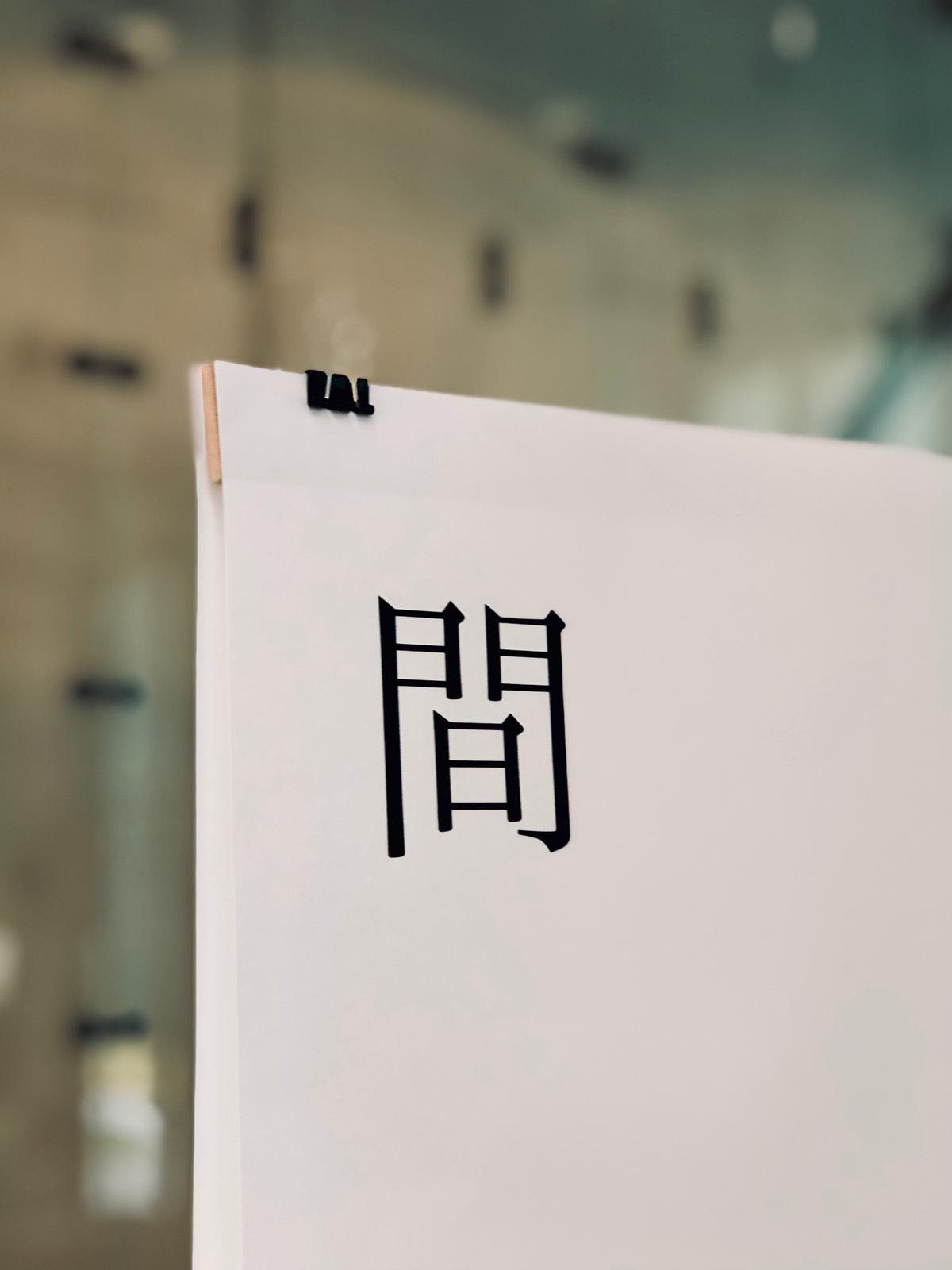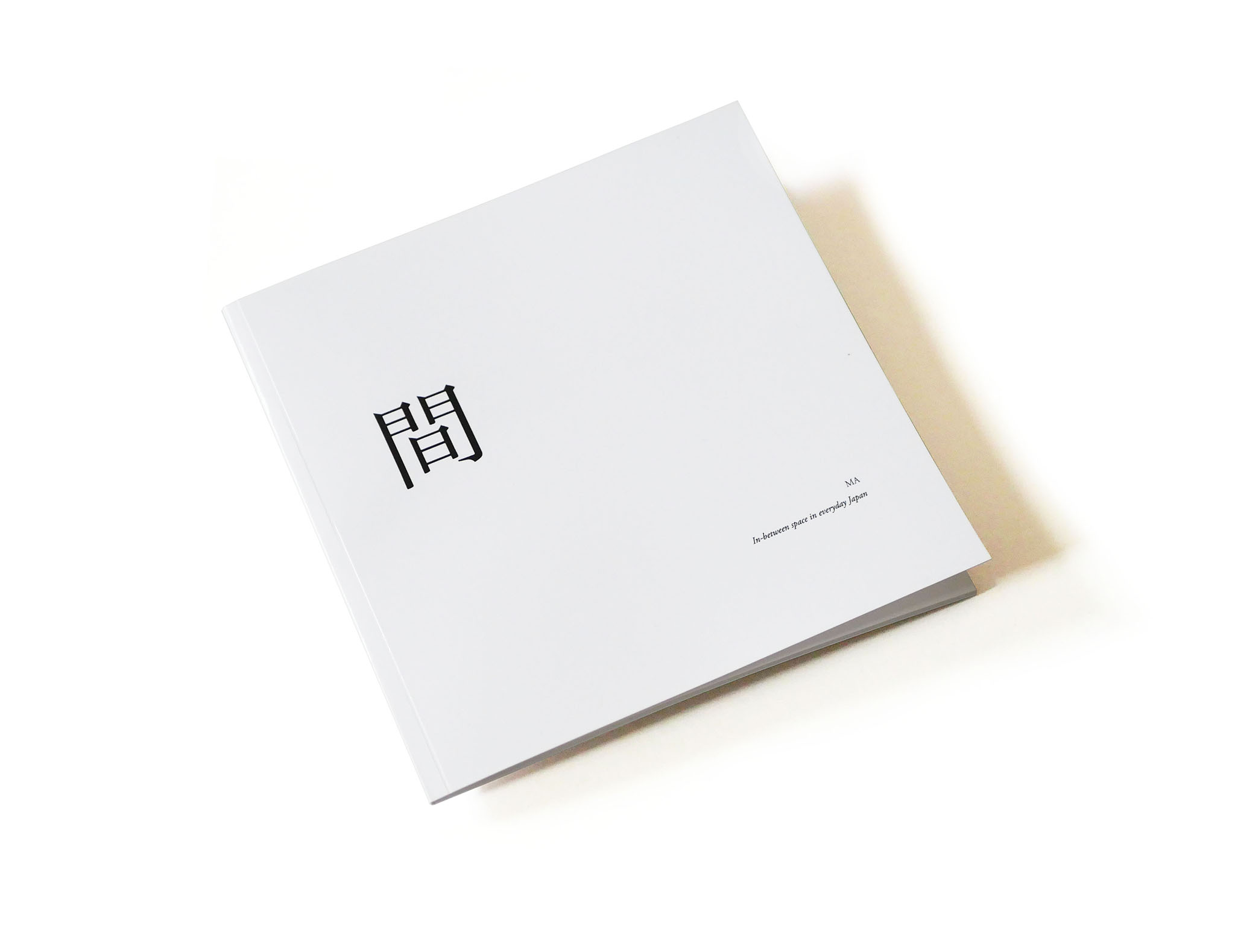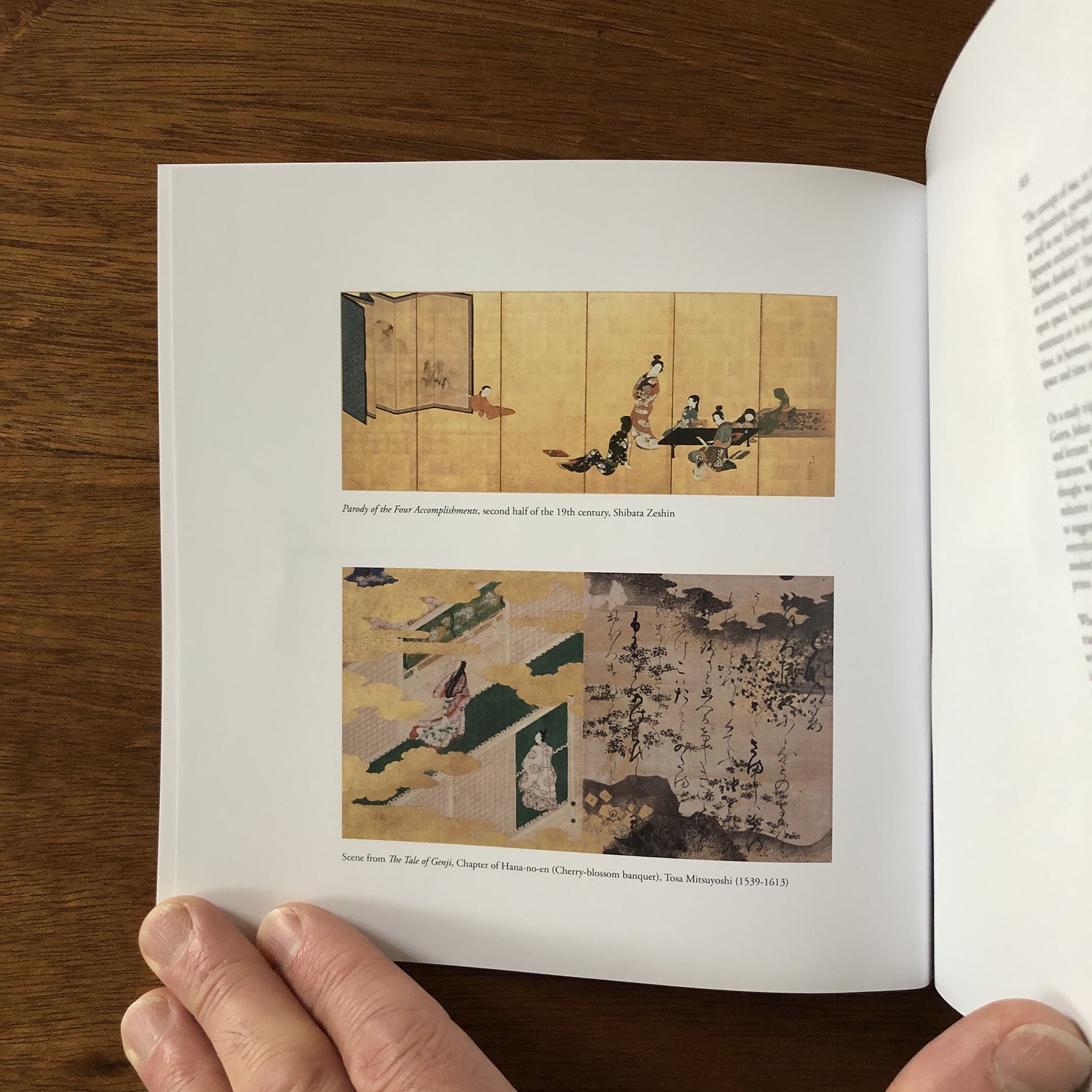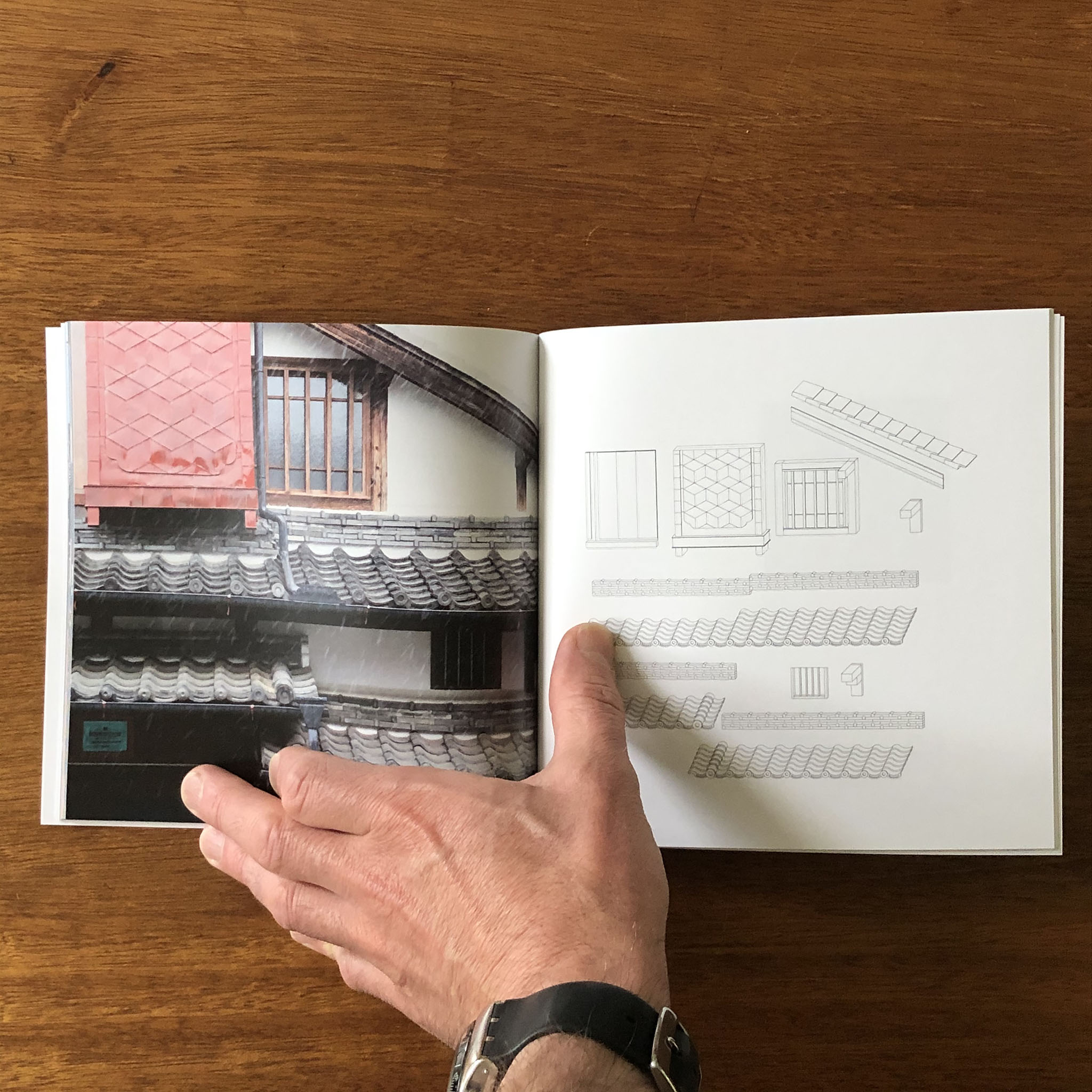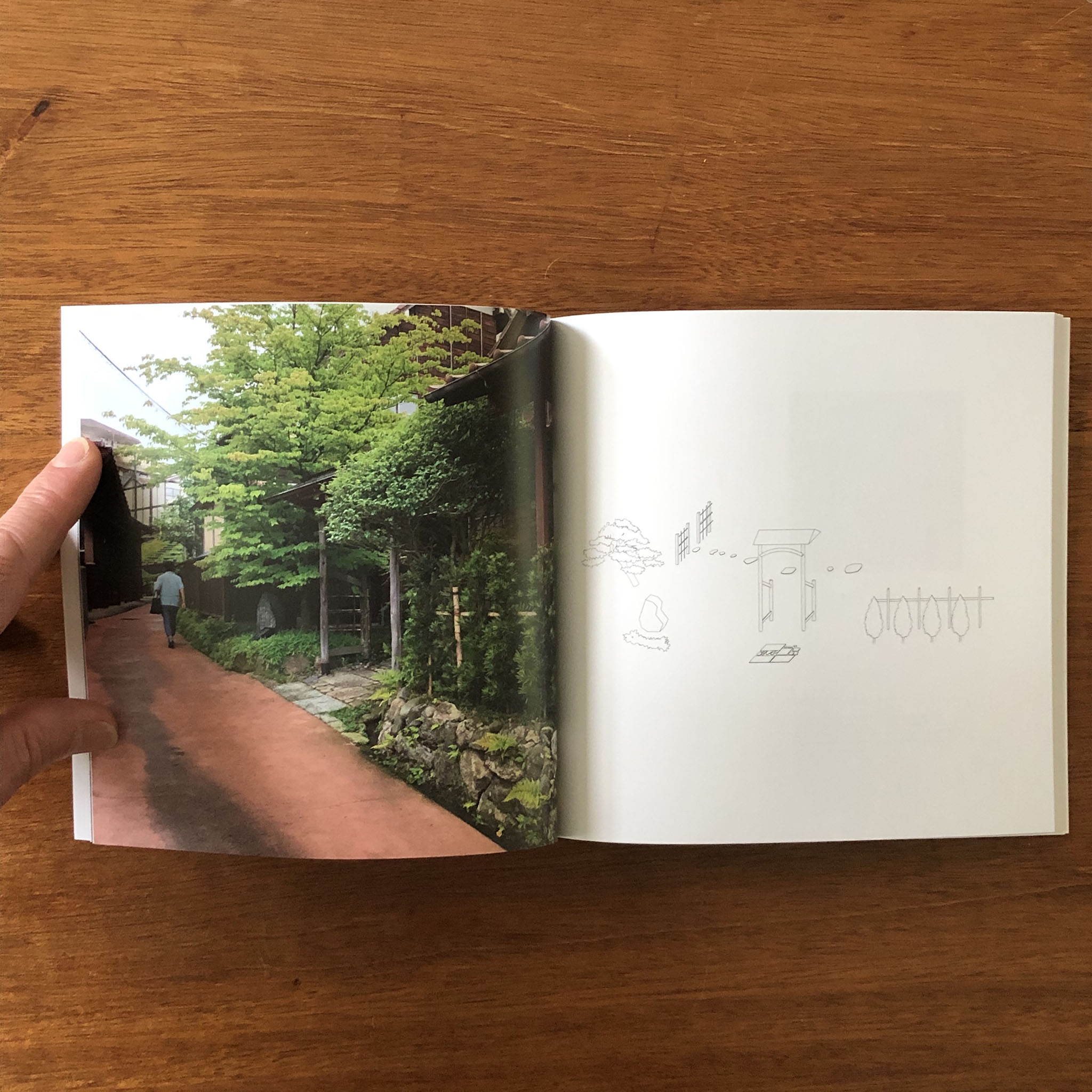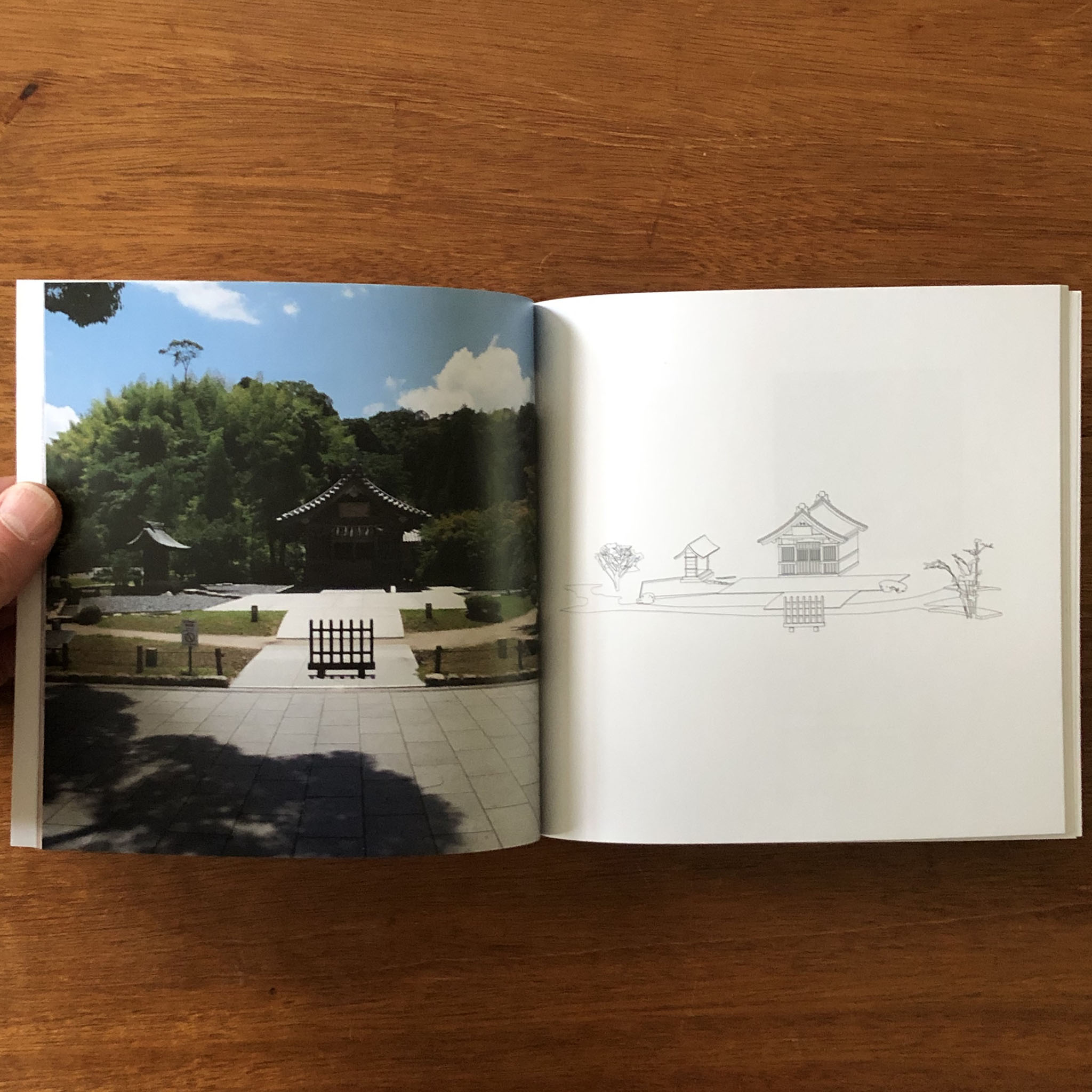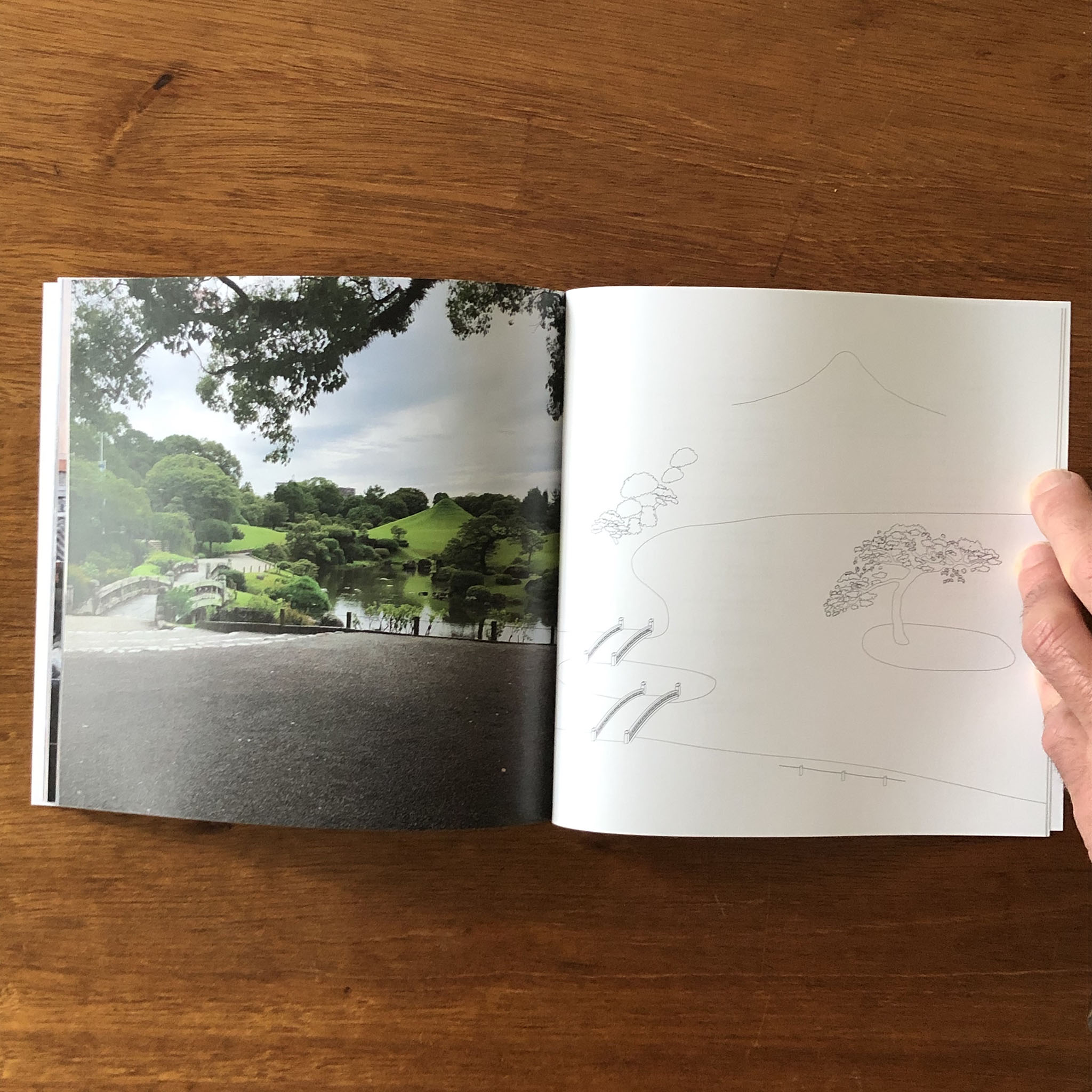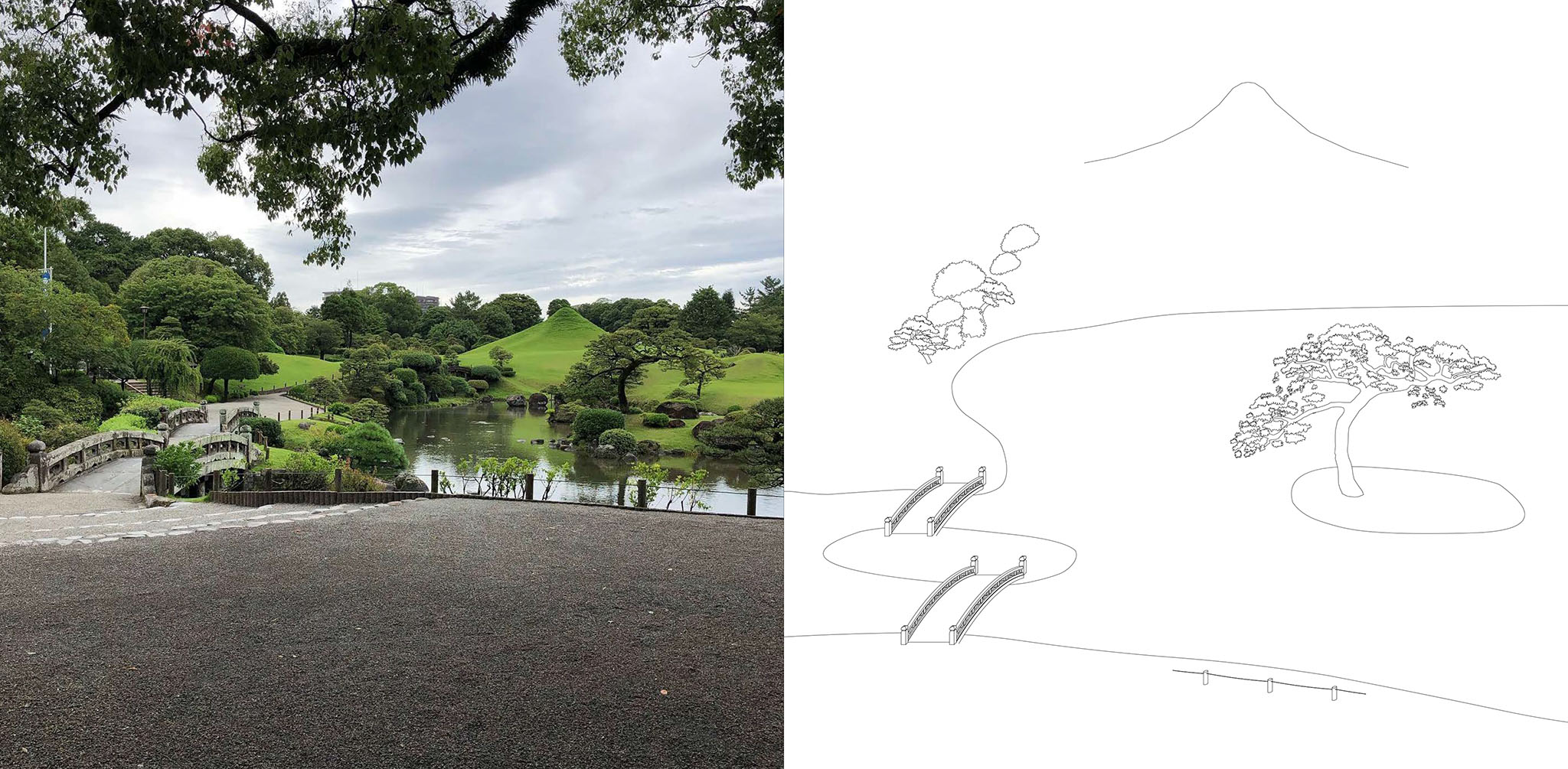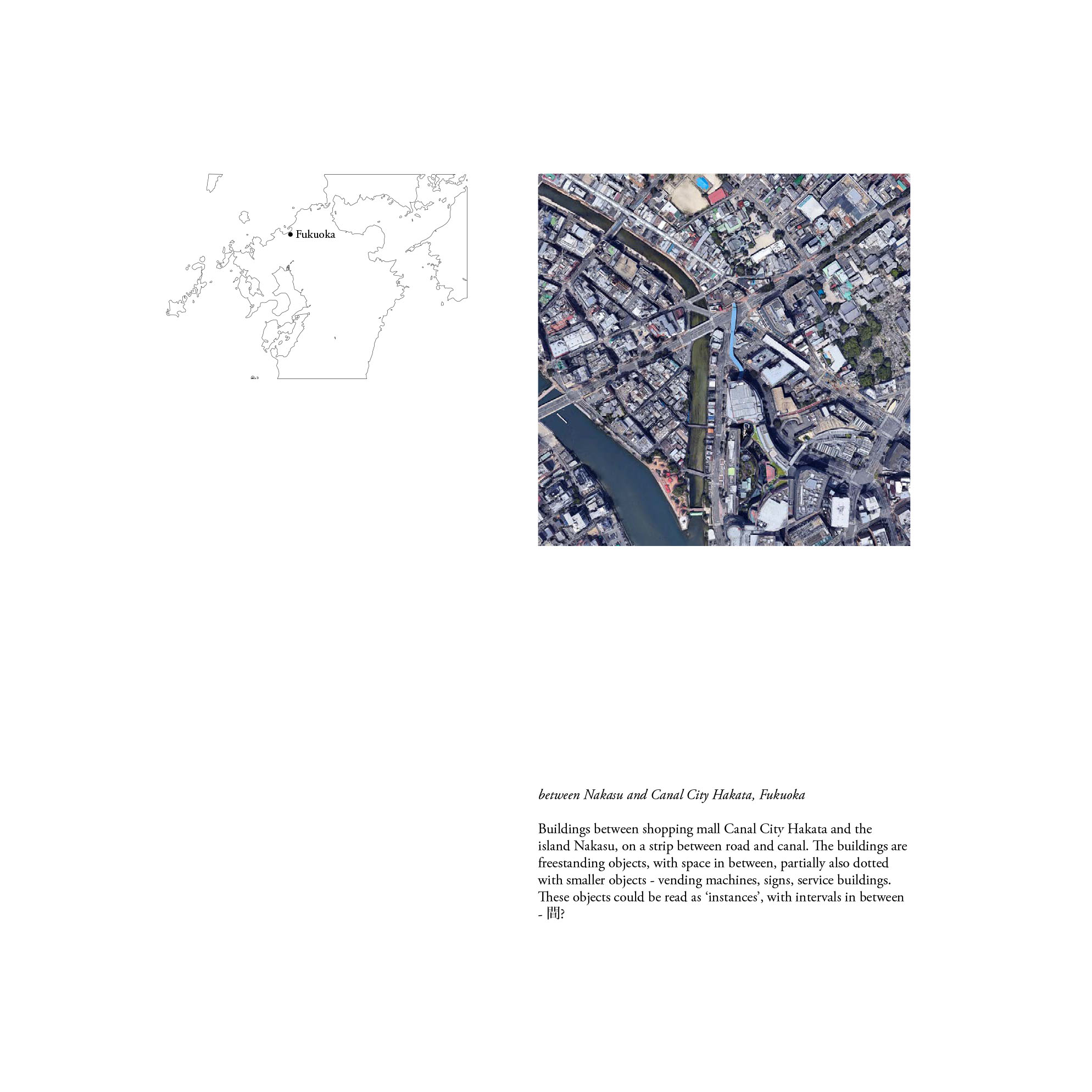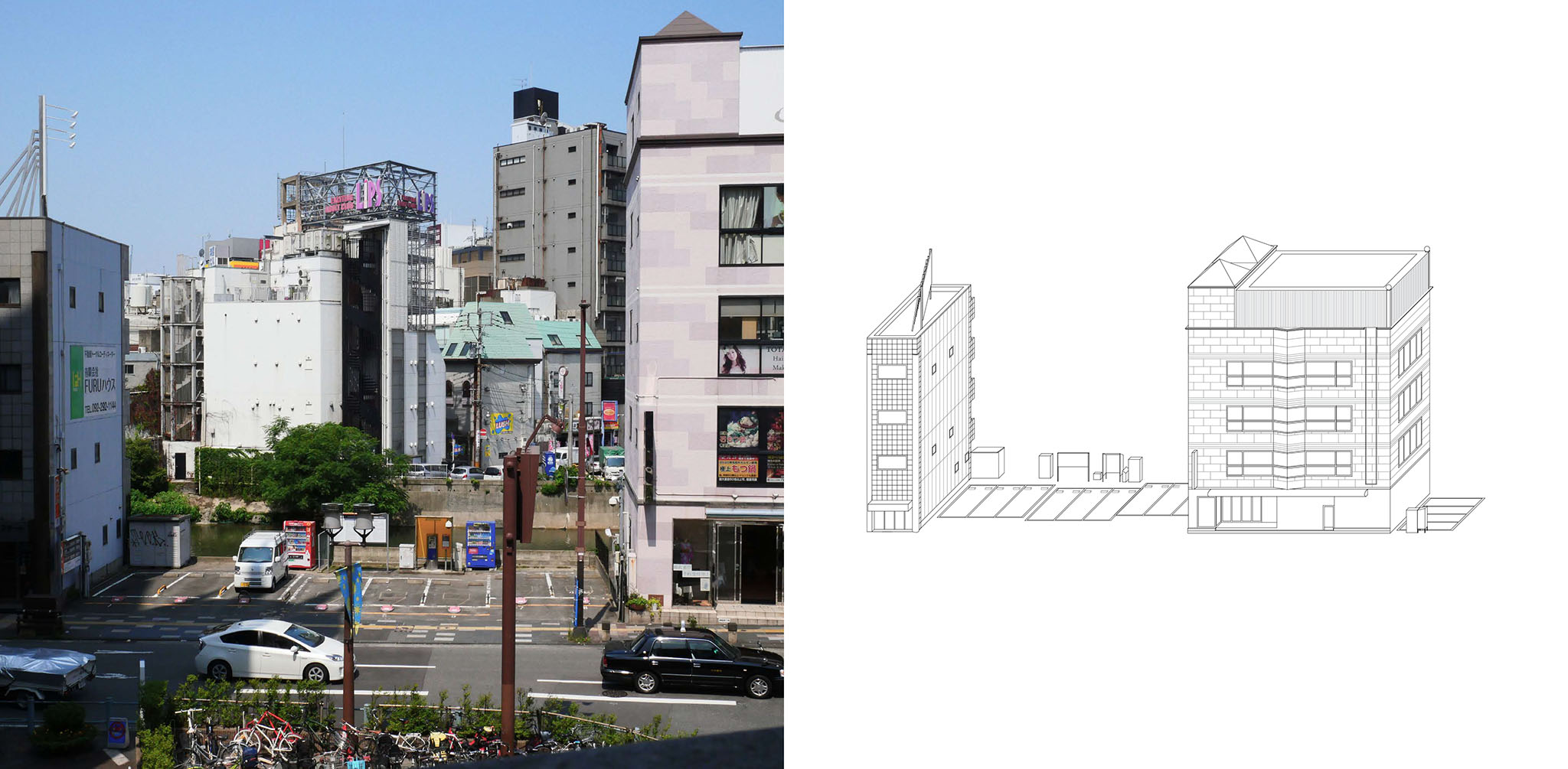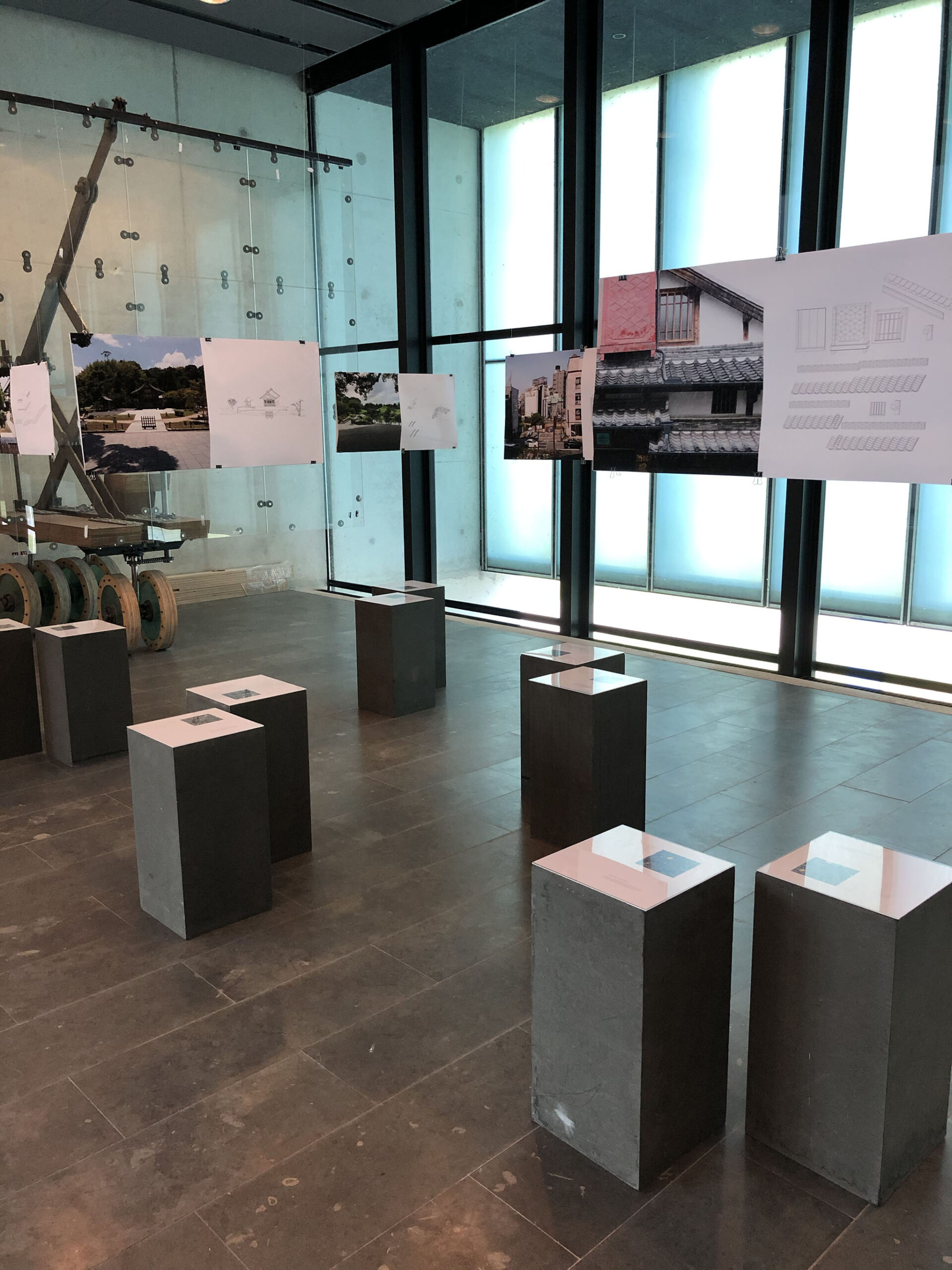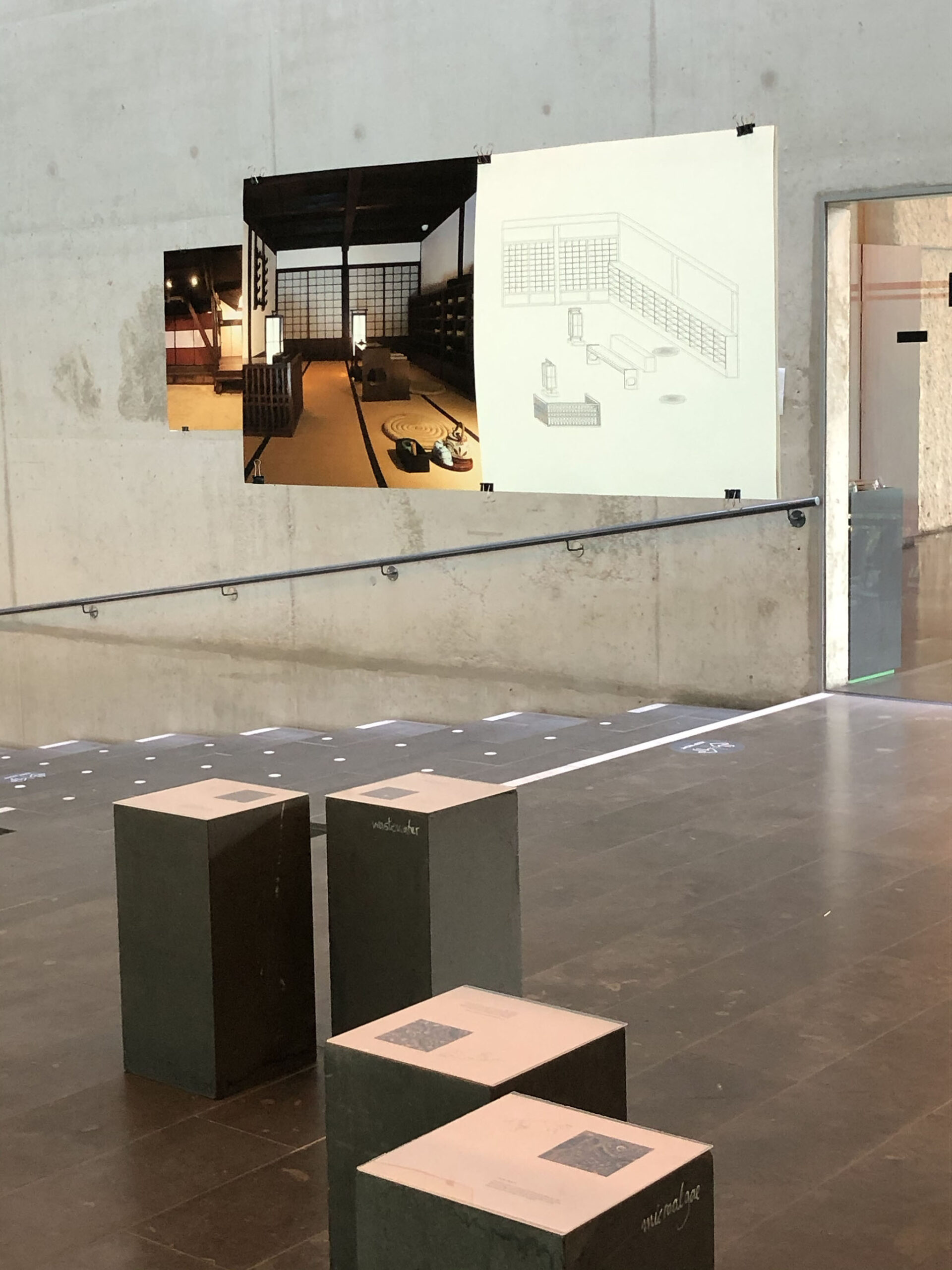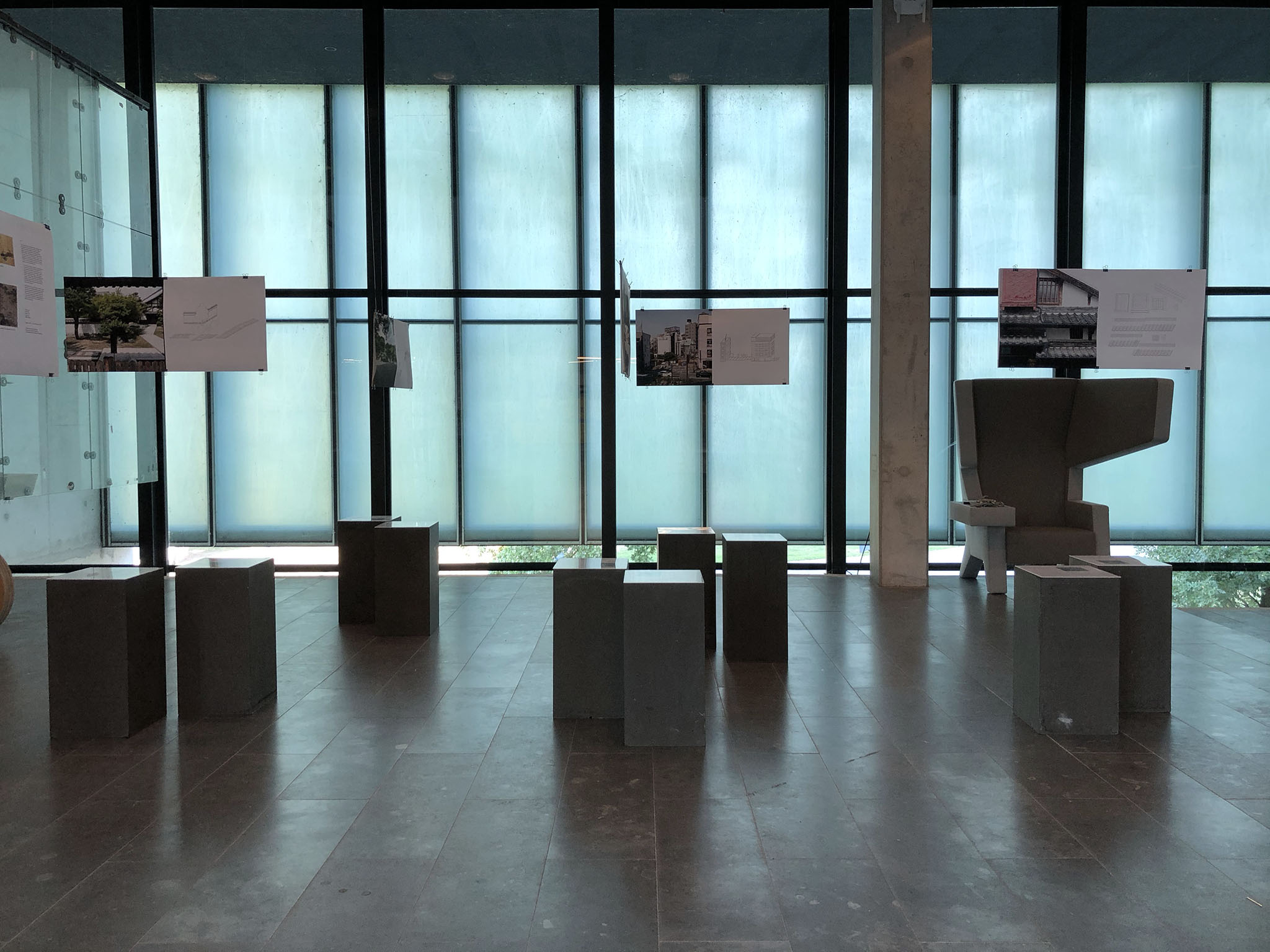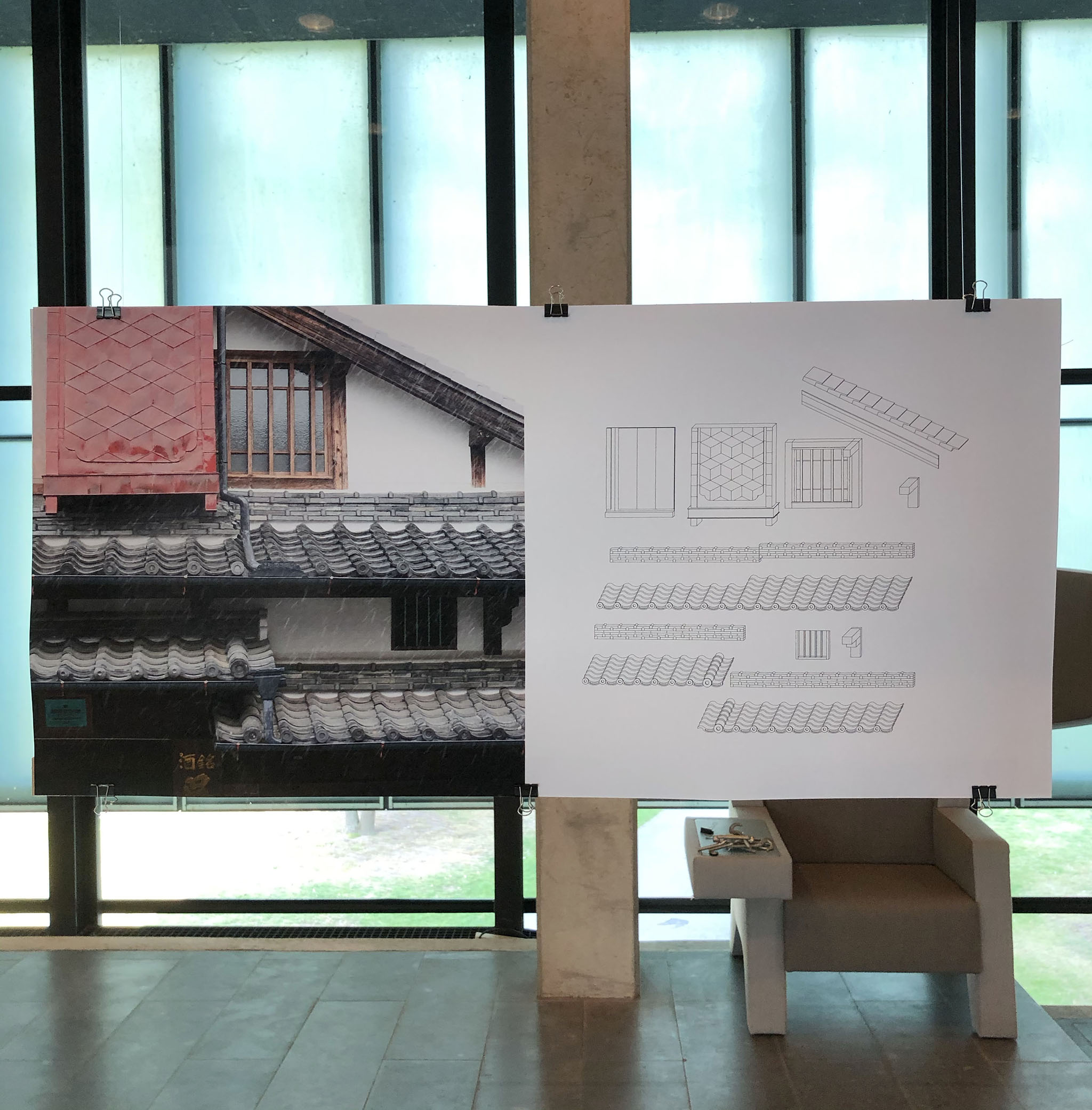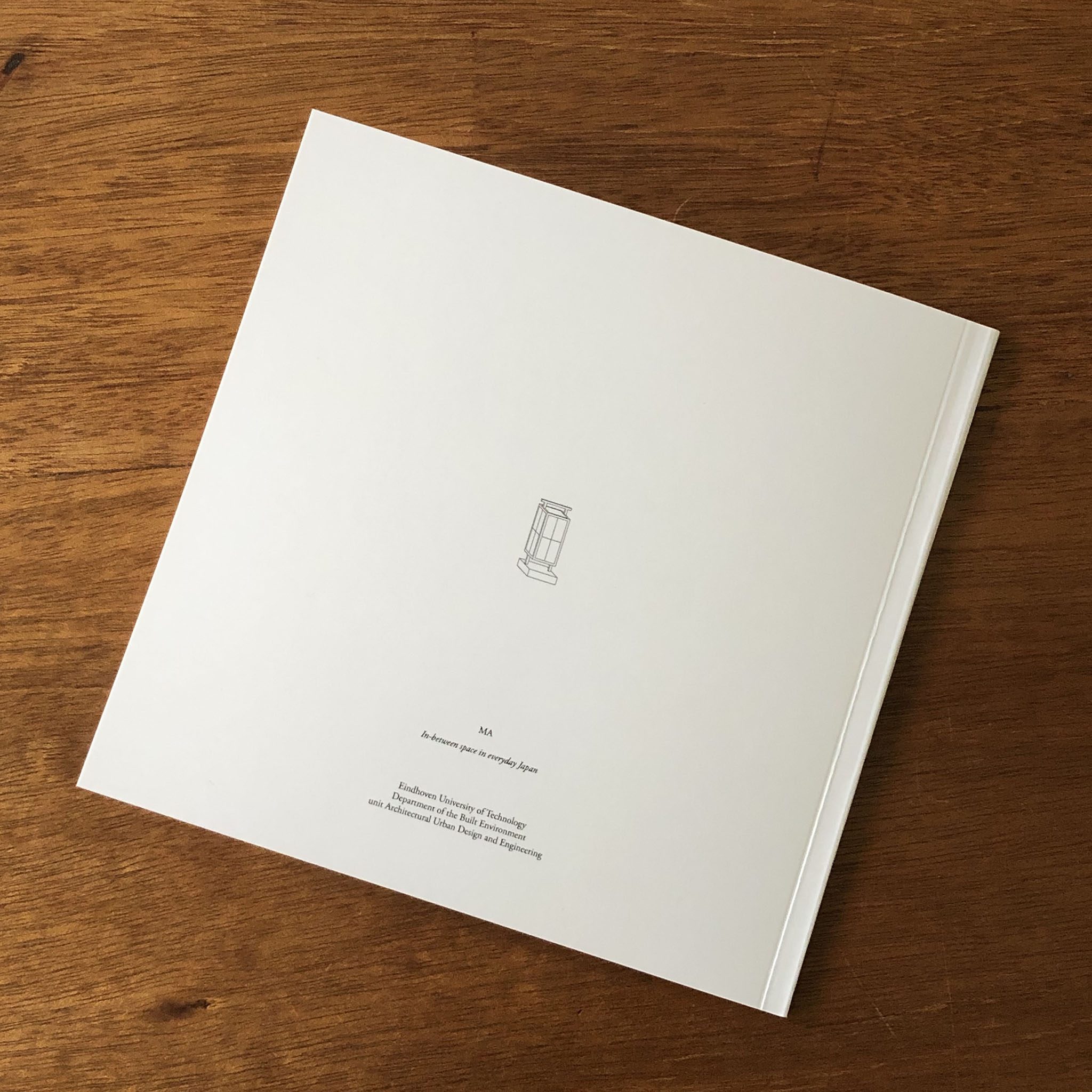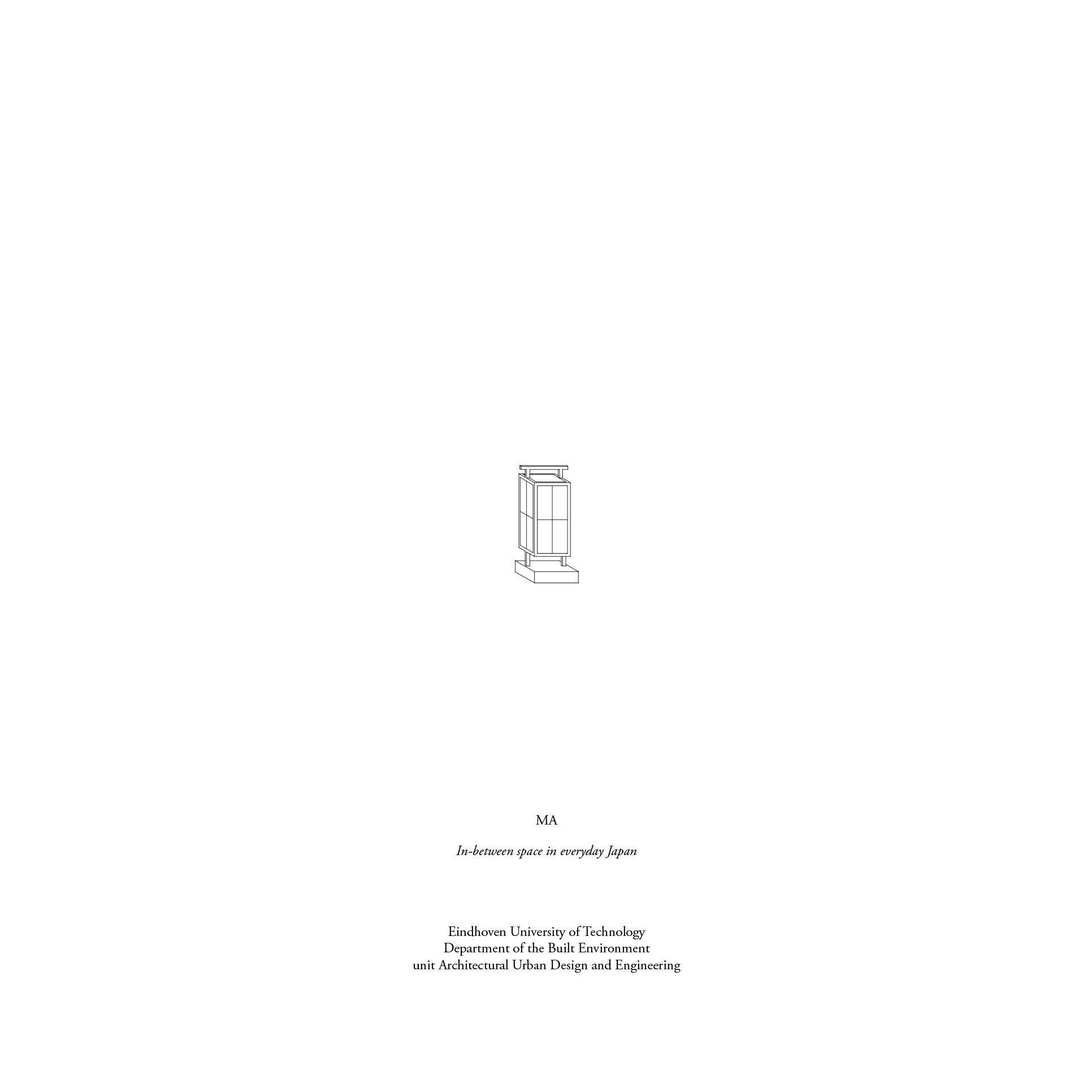MA
“The concept of ma, or interval, for which we Japanese require no explanation, pervades our lives and our art in general, as well as our feelings, methods and artistic awareness.”, Japanese architect Arata Isozaki wrote in his book Island Nation Aesthetic. The Japanese word ma, 間, means interval, or interstice, and can be used for space as well as time. It is an open space, between objects, or a moment of silence, between sentences or in a conversation, for example. By leaving space, or time, in between, things keep their freedom, are not fixed, and space and time is allowed to flow.
On a study trip to Kyushu, in July 2019, students of Eindhoven University of Technology Jeanne Geerts, Johan Heins, Jesper van Peer and Jade van Pelt, and lecturer Wouter Hilhorst, tried to find ma in everyday situations. We took pictures, and the situations in which we thought we recognized the concept, we tried to translate in reductive isometric drawings.
When looking for ma, we took Isozaki as our guide: “In Japan, traditional architecture had demonstrated virtually no concern with three-dimensional, solid spatial composition and had instead preferred to sever time into instances and space into floor areas, and to organize these fragments with intervals (ma) among them.” We looked for situations organized with instances, separate objects, free in an open space, with non-hierarchical compositions.
We collected our findings in a booklet and exhibited them at the Department of the Built Environment, Eindhoven University of Technology.
students: Jeanne Geerts, Johan Heins, Jesper van Peer and Jade van Pelt
lecturer: Wouter Hilhorst
